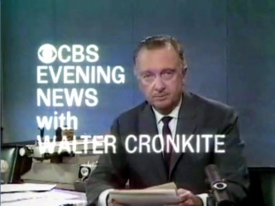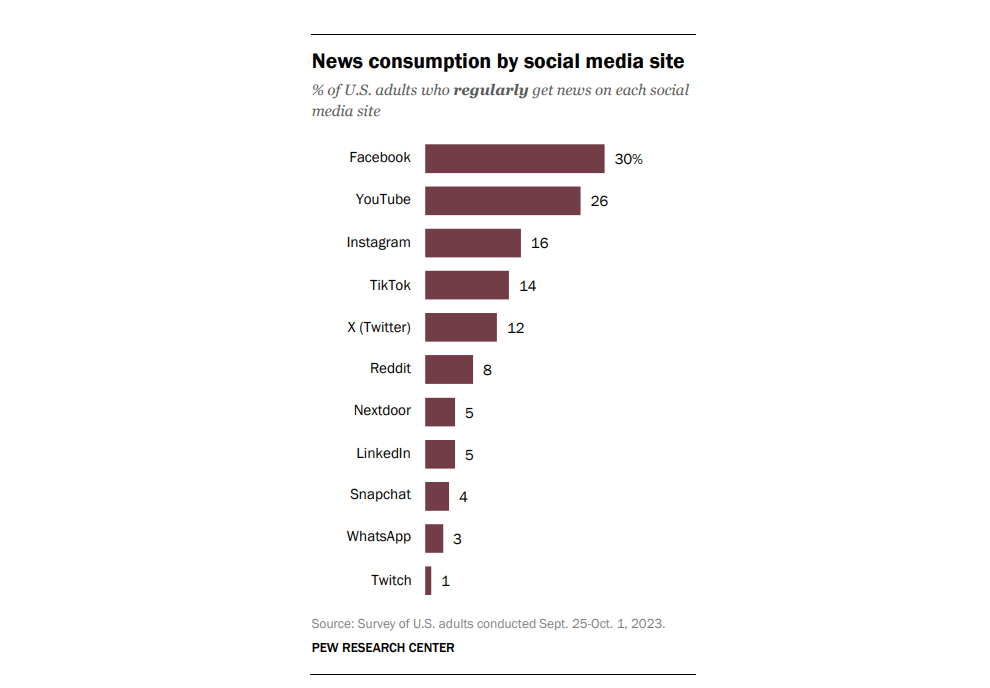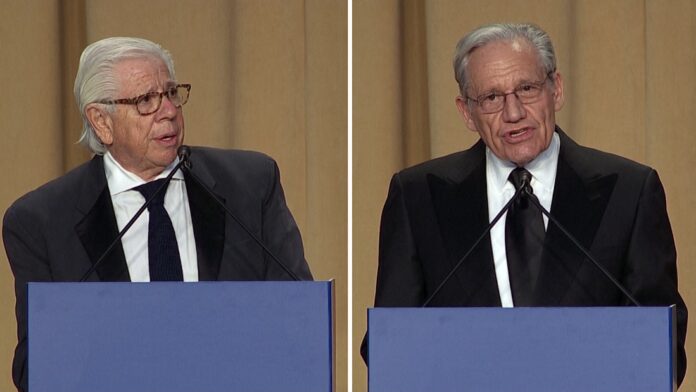The current presidential campaign media coverage represents another challenge in national electoral politics and journalism.
Not since the days of Yellow Journalism in the late 1800s, when sensationalism dominated over factual reporting, has the press been so divided and partisan. But the added twist today is that reporters have become accustomed to tolerating lies and outright misrepresentations without being challenged. They smile as a source lies on their face.
The print and broadcast press today are not monolithic in any respect. Print, broadcast, mainstream, alternative, blog, social, and impossible-to-classify types of reporters run the gamut of professionalism, including everything from formally trained college journalists to paid hacks.
But let’s look at the quality of broadcast journalists who dominate the cable channels. We can see that reporters (including people who do not even deserve this job classification) today have been trained, are unsupervised, or are instructed to sit across from paid or ideological shills who are invited into the studios to pain out lies. Most networks refer to on-air people as “news readers” or “news hosts,” not reporters.
It is difficult to determine when this distinction between reporters and news hosts started in broadcasting. I bet that it began after the true spirit of investigative journalism faded after the Watergate Scandal and the historic journalism work of Woodward and Bernstein ended. The quality of broadcast journalism tumbled with the rise of CNN as the first 24-hour network. This also coincided with the popularity of the TV show “Friends,” which I submit introduced the emerging generation of self-absorbed young adults who just sat on couches and accepted whatever they were told. Social media and the cell phone revolution followed this.
How else can we explain the low quality of CNN talking heads and anchors who will ask, “Who should be responsible for fact-checking the debates?” when referring to today’s face-off between Hillary Clinton and Donald Trump? 
A decade or so ago, the apparent answer to CNN’s silly question would be that reporters and the debate moderator would be responsible for asking candidates to provide some backup for their claims about the factual accuracy of any statement they make to 100 million Americans on live TV. But apparently, that is too much for the CNN anchors to admit. Maybe they want Twitter followers to fact-check the claims even though CNN claims to have a journalism staff of thousands worldwide.
The net result of this and the demographic changes accompanying the decline in broadcast journalism is that 14% of adult Americans get their news from the short video-sharing site TikTok. Still, one-third of people under 30 get their news from TikTok. So, what real news can you get in a short video? Not much. This may help explain the rise of fake news and the ready acceptance of propaganda.
Statistica reports that “Social media was by far the most popular news platform among 18- —to 34-year-olds in the United States, with 47 percent of respondents to a survey held in August 2022 saying that they used social networks for news daily. By comparison, adults over 65 mostly used network news to keep up to date.”

Of course, this whole discussion omits FOX since their credibility evaporated years ago when they helped Trump rise to the top despite his unchallenged claims on their network over the years.
Are Reporters Too Timid To Face Liars?
So why are reporters wimps today?
- Maybe it’s because they want to be friends with all of their sources.
- Perhaps it’s because they have never been trained to ask pointed questions, or maybe they come from a generation that is too timid to confront authoritarianism or rampant corporatism.
- Perhaps they fear losing their jobs or privileged access to specialized press rooms or luncheons.
- It’s also a generational problem. It’s hard to imagine esteemed reporters, print and broadcast, like Walter Cronkite, Edward R. Morrow, Sy Hersh, Walter Lippmann, James Reston, Helen Thomas, or I.F Stone, allowing a source to lie to their face and get away with it.
- Maybe they were never trained in journalism school, and reporters are more obligated to foster a democratic society.
- Maybe it’s because today’s broadcast news announcers protect the corporation and not the journalism profession. Look at how NBC put greed in front of integrity and allowed Trump, a failed businessman, to reinvent himself as a business model when his record was just the opposite. A newbie reporter would have discovered that Trump was involved in hundreds of lawsuits and had stiffed creditors at the same time he was making “The Apprentice.”
- This could also be part of a new but undesirable social norm in newsrooms that suppresses the better urges of some reporters to question authority.
As Abe Lincoln once said, “To sin by silence, when they should protest, makes cowards of men.”
So, are reporters cowards?
Maybe there is something to be learned from the famed publisher William

Randolph Hearst as it relates to the current situation. In the book The Progressive Historian, Richard Hofstadter says: “There is not a cesspool of vice and crime which Hearst has not raked and exploited for money-making purposes. No person with intellectual honesty or moral integrity will touch him with a ten-foot pole for any purpose or to gain any end…only cowards can be intimidated by Hearst.”
If we substitute Hearst for Trump, maybe this whole discussion makes more sense today for reporters who are too intimidated to pursue the truth.











